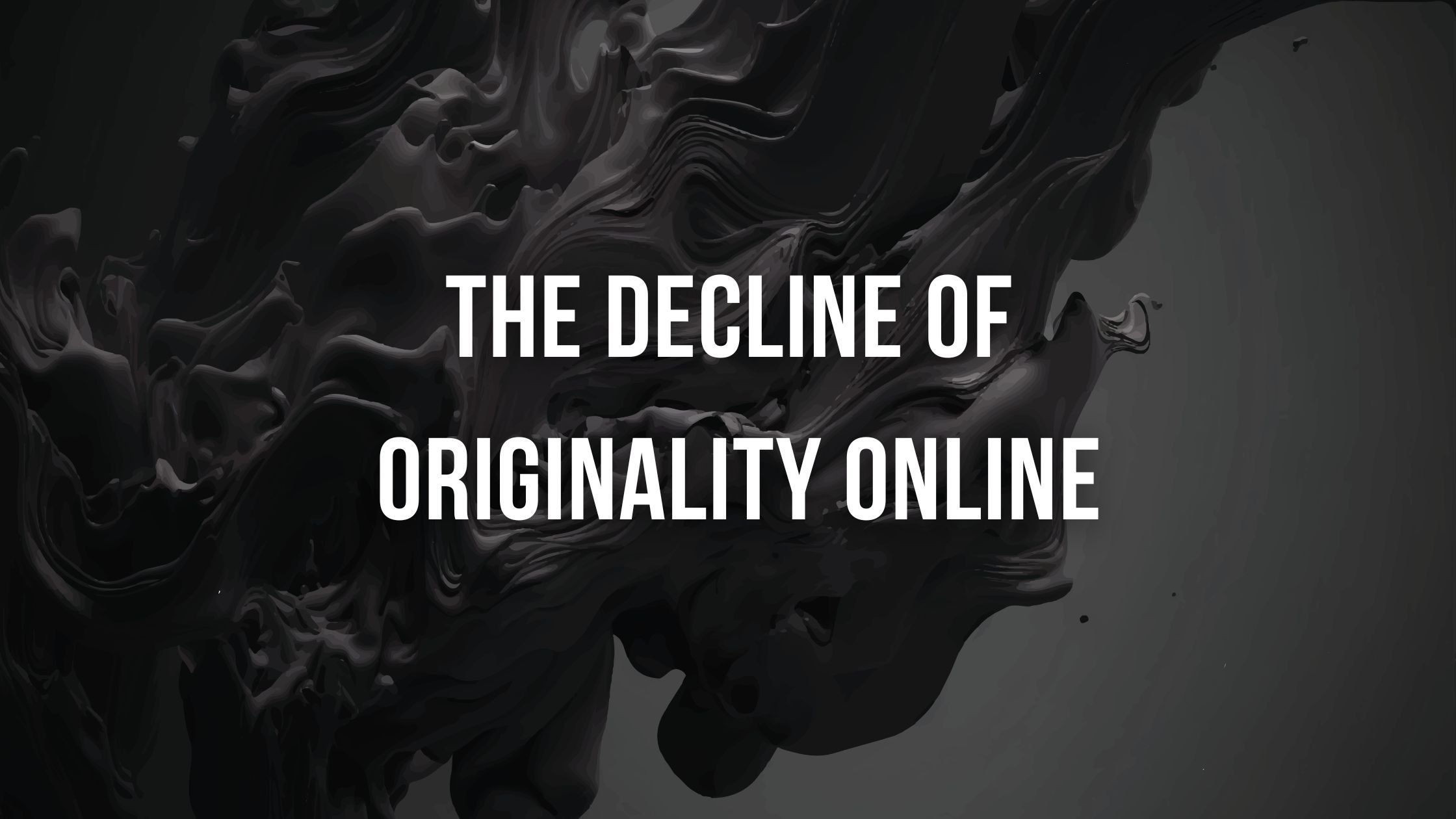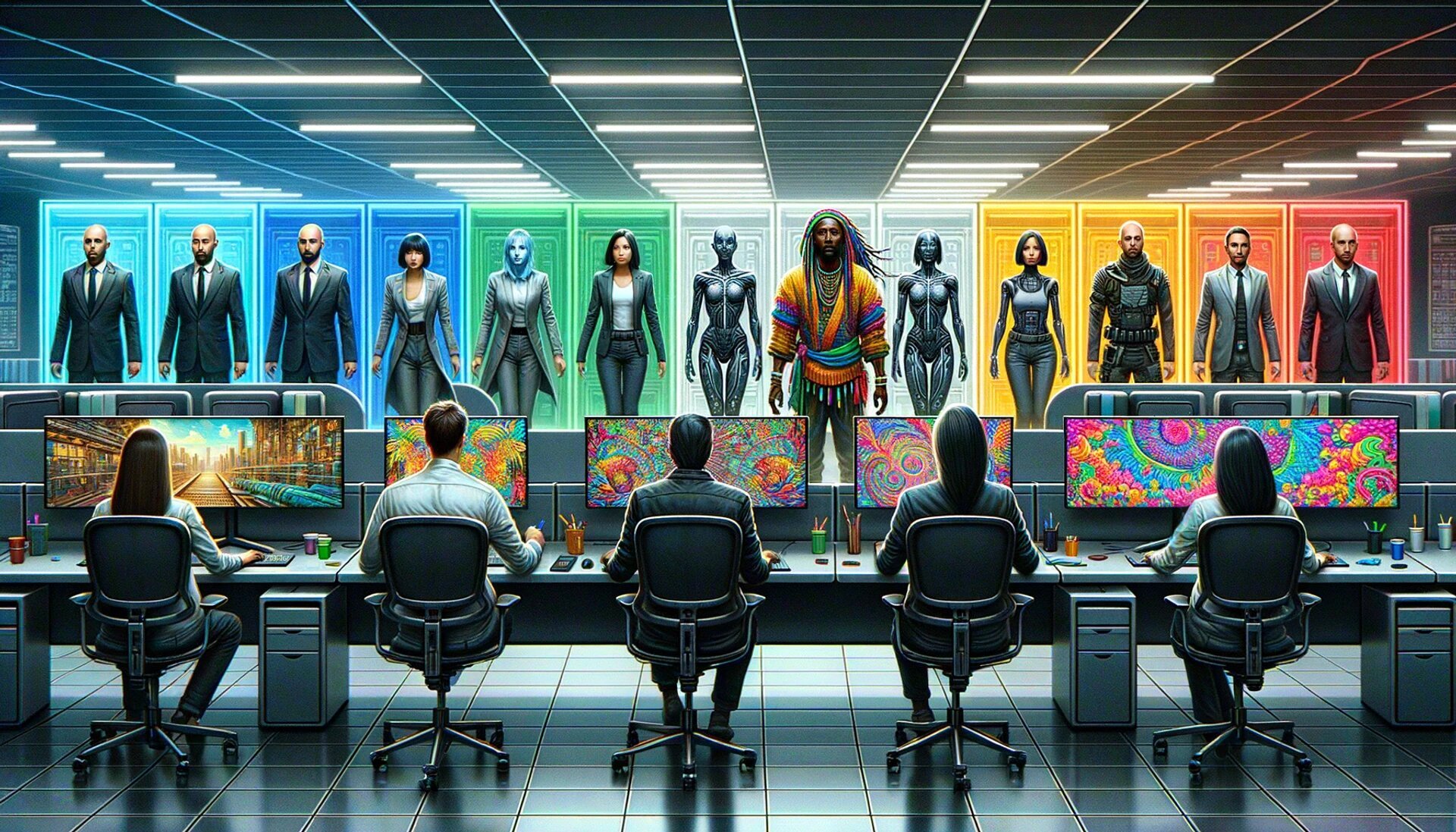The Fallacy of Free Software and the Decline of Originality Online
The promise of getting something for nothing is enticing. But free platforms and programs come with hidden costs that become obvious over time. Specifically, free software often lacks robust features, customization options, ongoing support, and the latest innovations compared to paid versions. This trade-off reflects a trend in technology's evolution. In the process, we've lost something precious: creativity and originality.
The early chaotic days of the internet were a haven for quirky self-expression and diverse perspectives. But as the web became more standardized and optimized for efficiency, individuality faded into the background. Homogenization and conformity are now the norm.
So, while free or low-cost services may seem appealing, they frequently contribute to a loss of imagination online and may undermine the creativity of a unique brand.
The Pitfalls of Depending on Free Software
The temptation of "free" can be strong, luring you in with the promise of getting something for nothing. But before you download free programs, pause and carefully consider the potential downsides.
Sure, these platforms and software may seem "good enough," and maybe they are for a particular task. But they intentionally limit their capabilities to entice you to upgrade to paid plans. You may miss out on robust features that are critical to your needs. Paid services, on the other hand, offer many more capabilities to enhance your productivity.
And don't expect much help from free software providers. Their customer support generally only directs free users to forums or help documentation when issues arise. Paid services, however, invest in customer support to quickly resolve any problems that come up.
Furthermore, the saying "you get what you pay for" applies to security too. Paid services continuously invest in building security walls to keep your information safe. Free platforms tend to be less concerned and take less responsibility around exposing users to ever-increasing security risks.
In addition, they tend to restrict customization and integration with other tools. Paid software, however, gives you the flexibility to tailor it to your needs.
And finally, free platforms frequently bombard you with ads in hopes of driving purchases. Paid services avoid disruptive marketing gimmicks.
The Early Internet: A Haven for Originality
During the onset of the public internet, rules were limited, and creativity flourished. Early adopters enjoyed an online world with more originality and less uniformity than now.
Websites had a handmade aesthetic. Most people coded their own pages from scratch in basic HTML. Design varied widely based on personal taste. Eccentric "Under Construction" pages were commonplace.
Weirdness was welcomed online back then. Flashing graphics, wacky fonts, and auto-playing music permeated homepages. Such self-expression is rare today, outside of individual blogs.
Initially, few website templates existed. People would customize their sites rather than plugging content into prefab themes. Layouts and functionality reflected individual needs.
Before mass adoption, the early web fostered niche communities that bonded over specific interests. These tight-knit groups shaped their own subcultures.
At first, everyday people defined the web's culture. Companies were slow to establish an online presence. But brand dominance gradually increased.
Modern Web Design: Homogenization and Conformity
The unchecked creativity of the early internet eventually gave way to conventions and uniformity. Specific trends became entrenched in defining the look, feel, and functionality of websites.
Now site builders like Squarespace, Shopify, and Wix provide premade templates for quick creation. Customization options limit uniqueness. Standardization has set in.
Thanks to smartphones, mobile optimization is a requirement today. But optimizing for mobile screens promotes a formulaic, minimalist site design. Creativity is constrained by mobile conventions.
Optimization for social media sharing and search engine visibility also influences design. Standing out is difficult when conforming to platform algorithms. Individuality takes a backseat to SEO and social media expediency.
Streamlined aesthetics have become the standard. Eccentric creative flourishes are stripped away in favor of minimalism. Many sites look interchangeable due to the dominance of clean, simple layouts.
Mergers and acquisitions have led to consolidation across the web. A few dominant players now set the tone, while upstarts get swallowed up. Individual voices have less influence against growing conglomerates.
AI-Generated Content: Not a Substitute for Quality Writing
Artificial intelligence tools can help generate website copy, blog posts, and other content. However, AI content has limitations and does not replicate human writing, at least for now.
AI programs lack an original perspective since they cannot reason independently. The output merely reflects whatever data humans have input. There is no unique viewpoint.
AI-generated text often sounds robotic and stilted. It relies on unnatural vocabulary and follows predictable patterns. The content is readable but lifeless without human creativity.
Humans can share vivid sensory details from firsthand experiences. AI text stays vague and generic since it cannot draw from real-world encounters. The lack of specifics limits resonance.
Genuine writing connects through emotion, which establishes rapport with readers. However, AI applications cannot convey real feelings or opinions. There is little emotional impact.
Ethics and accuracy are also concerns with AI content. Programs absorb biases from source data and cannot fact-check on their own. Questionable or incorrect material may enter the output.
Final Thoughts
The allure of leveraging free software, templates, and AI is tempting. But shortcuts often lead to generic results and disposable content.
For your hobby, these tools may provide fun diversions. But for running a business, invest time and money in developing original, high-quality resources that demonstrate expertise.
There is simply no substitute for applying human creativity, knowledge, and passion. Don't let technology constraints stifle your vision.
FAQs
What are some examples of creative early websites?
Examples of creative early websites include personal sites with flashy graphics, autoplay music, and neon fonts, fan pages dedicated to niche interests; and amateur online diaries and journals, known as "blogs" before the term gained widespread use.
How can I make my website stand out from the crowd today?
Some ways to make your website stand out today include using an unexpected color scheme, custom illustrations, an unusual layout, mobile features that go beyond just responsiveness, such as gesture controls. And creative content formats like videos, podcasts, and interactive elements.
What are the risks of relying too much on artificial intelligence?
Risks of over-relying on artificial intelligence include content that lacks originality or accuracy, sounds robotic, alienates audiences by lacking emotional resonance, and contributes to the homogenization of the web by replicating established formulas for optimization.
What signs indicate it may be time to turn a hobby into a business?
Signs it may be time to turn a hobby into a business include when you have deep expertise, passion and skill in the hobby, you've received positive feedback from others and have burgeoning opportunities to monetize it. You are dissatisfied in your current career and looking for more meaning, and you have ideas for innovative products or services.
How can I ensure I don't lose my business's uniqueness over time?
Tips for maintaining uniqueness include periodically revamping your brand identity, continuing education to develop your expertise, brainstorming creative growth opportunities outside your comfort zone, soliciting candid outside perspectives to avoid insularity, and investing in customers to understand their evolving needs.


